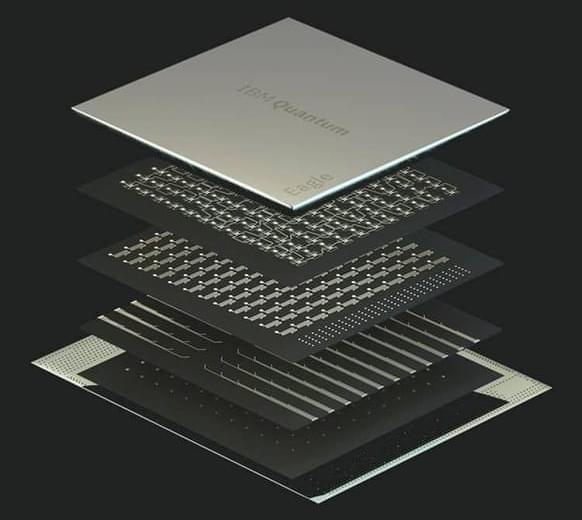What if humanity grew to be so technologically advanced that we were able to leave our Solar System and spread across interstellar space? Would we hop from one exoplanet to another, colonizing everything on our way? How could we make traveling across the Universe possible?
Transcript and sources: https://insh.world/science/what-if-humanity-became-an-interstellar-society/
Made possible with the support of Ontario Creates http://www.ontariocreates.ca.
Watch more what-if scenarios:
Planet Earth: https://www.youtube.com/watch?v=_-HhCwYD7rc&list=PLZdXRHYAVx…Yq9N9wyb2l.
The Cosmos: https://www.youtube.com/watch?v=gfuJyVkMH_g&list=PLZdXRHYAVx…wXNGYHmE8U
Technology: https://www.youtube.com/watch?v=CS3bBO05fpU&list=PLZdXRHYAVx…qSEB7kDdKO
Your Body: https://www.youtube.com/watch?v=QmXR46TrbA8&list=PLZdXRHYAVx…2ySsHj8GZO
Humanity: https://www.youtube.com/watch?v=fdCDQIyXGnw&list=PLZdXRHYAVx…t8zFxSCSvZ
If you enjoy What If, make sure to check out our other channel “Underknown”: https://www.youtube.com/c/interestingshit.
About What If: Produced by Underknown in Toronto, Canada, What If is a mini-documentary web series that takes you on an epic journey through hypothetical worlds and possibilities. Join us on an imaginary adventure — grounded in scientific theory — through time, space and chance, as we ask what if some of the most fundamental aspects of our existence were different.









